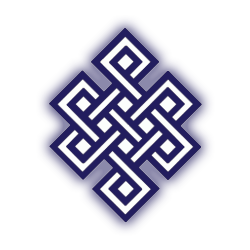With popular vlogs like tumblr and pinterest making the idea of “curation” as common as milk, the concept of curation has taken a pop-culture hit that most scholars, academics and InfoSci professionals turn their nose up at.
But for InfoSci professionals, curation is something that is taking front-and-center in our jobs whether we want it to or not. This was really hit home to me last week at the Society of Florida Archivists 2012 conference in Sarasota. Almost all of the presentations about specific collections confronted the issue of curation, usually from the standpoint of determining how to develop digital content (as collections or as actual exhibits).
For museum professionals, curating works of art or historical objects is second nature. They are trained in it and do it regularly and get feedback from colleagues, all of which contributes to a professional culture that understands the difficulties of curation as well as its necessity.
While archivists have historically done a modicum of curation for small, in house exhibits, it is not a field with a culture of curation to draw from. To be perfectly frank, on the line between “hoard it all” and “free stuff!” we’re more on the hoarder end of things. We share, but carefully and in a secure environment with people who have to show us ID first (typically). This puts us more in line with museum professionals than librarians, in that we don’t let our stuff out of our sight.
But we’re completely unprepared for the idea of letting it all hang out. It’s simply not something archivists are trained or have been expected to do.
Curation is a craft as well as an art. Like so many other aspects of InfoSci, it seems simple and obvious until you try to actually do it. My graduate seminar in curation was an eye opener for me, because from a historical perspective curation is a field of landmines and mazes. Curation does not mean taking a collection, digitizing it and slapping it into Omeka; it’s about thoughtfully and purposefully linking objects together based on a purpose, and sharing that information in a very directed, focused way. It’s wonderful when done well.
I was really impressed with a presentation by the Special Collections department at the University of South Florida about their inaugural online exhibit using Omeka, Selling Sunshine: Florida’s Citrus Industry, because of the amount of thought that went into the curation of it.
I think this all contributes to the “job function” blurring I’ve talked about before. While elements of specific jobs will always be particular to that job (archivist vs. school media specialist, for instance) other “meta” elements are crossing borders. Particularly in regards to social networking, everyone needs to learn curation history and theory in graduate school. If you learn about curation as trade craft, then it will not matter what platform you are using, be it a hosted Omeka instance or a free account on tumblr.
#

